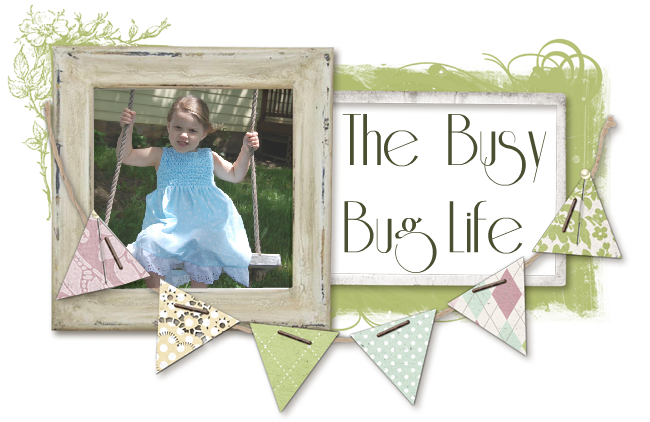Dainty Dresses: Smockin' Dots
I've been wanting to make some vintage style dresses for Natalie for quite a while now. Does it get more vintage than hand smocked little dresses out of dainty little prints?
The purpose of smocking is to gather the fabric effectively, and in some cases, create elasticity or stretch in the garment. These days, most "smocking" is actually shirring with elastic thread. I've done that before, but I wanted the vintage feel of hand smocking.
I didn't know a single thing about smocking heading into this project. And I had a little trouble finding helpful information and tutorials at first. Did you know that there are different types of smocking? There is English smocking, where you start out with your fabric already pleated, and then embroider on top of the pleating to create the smocked design. They can get quit intricate or stay quite simple. The best tutorial I found is here.
There is also North American or Canadian smocking, where you start out with just a grid on your fabric and you gather and make pleats as you go. Traditionally, prints that already had a grid on them, like gingham and swiss dots were used. This is also called counterchange smocking.
For this dress I used a honeycomb smocking technique, which is North American style smocking. This is the tutorial I used.
Since I loathe doing buttons and buttonholes, I used snaps instead, at least it works with the white dot print.
I adore this sweet little dress, and loved spending the time smocking the top by hand.
You can easily adapt a dress pattern you already have for the honeycomb smocking technique by doubling the width of the pattern front, keeping with the proportions of the pattern. Since the smocking is doing the gathering of the skirt for you, you'll also want to cut the front of the dress to length.
.




























































